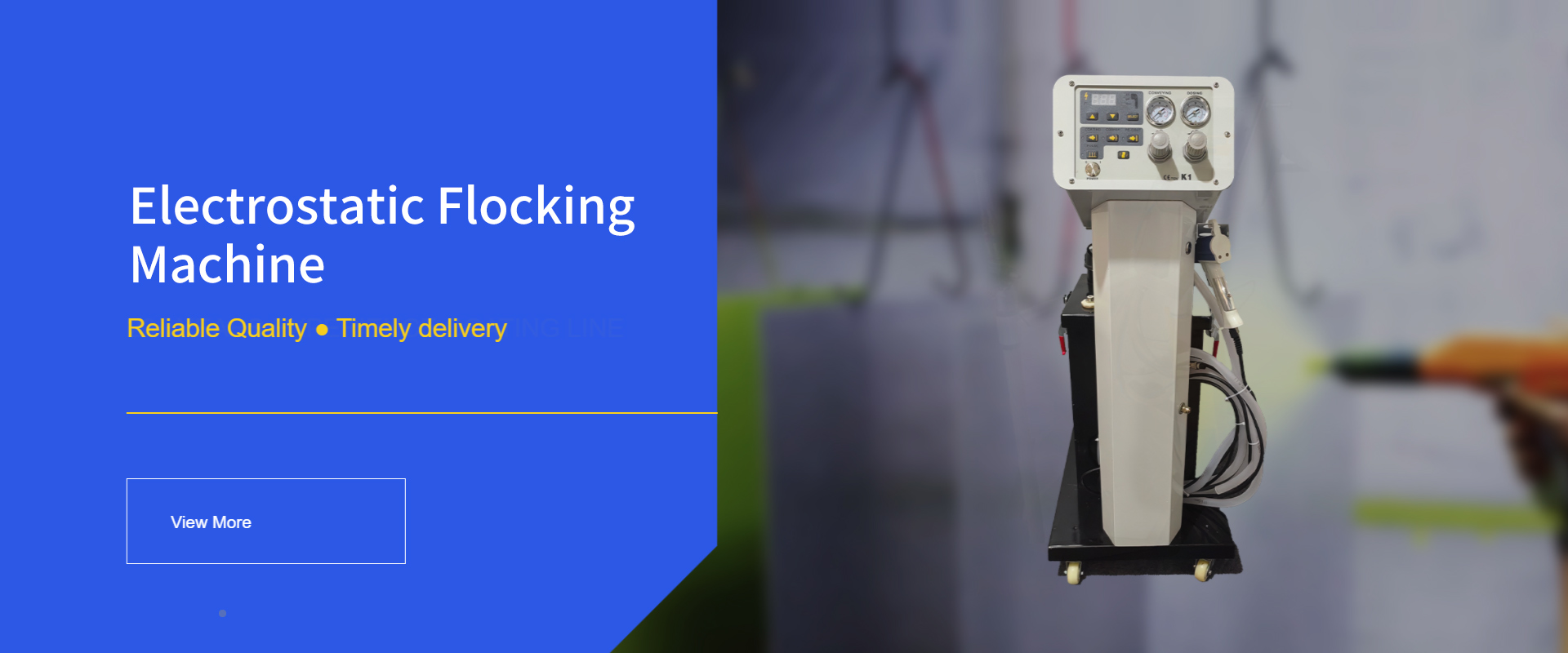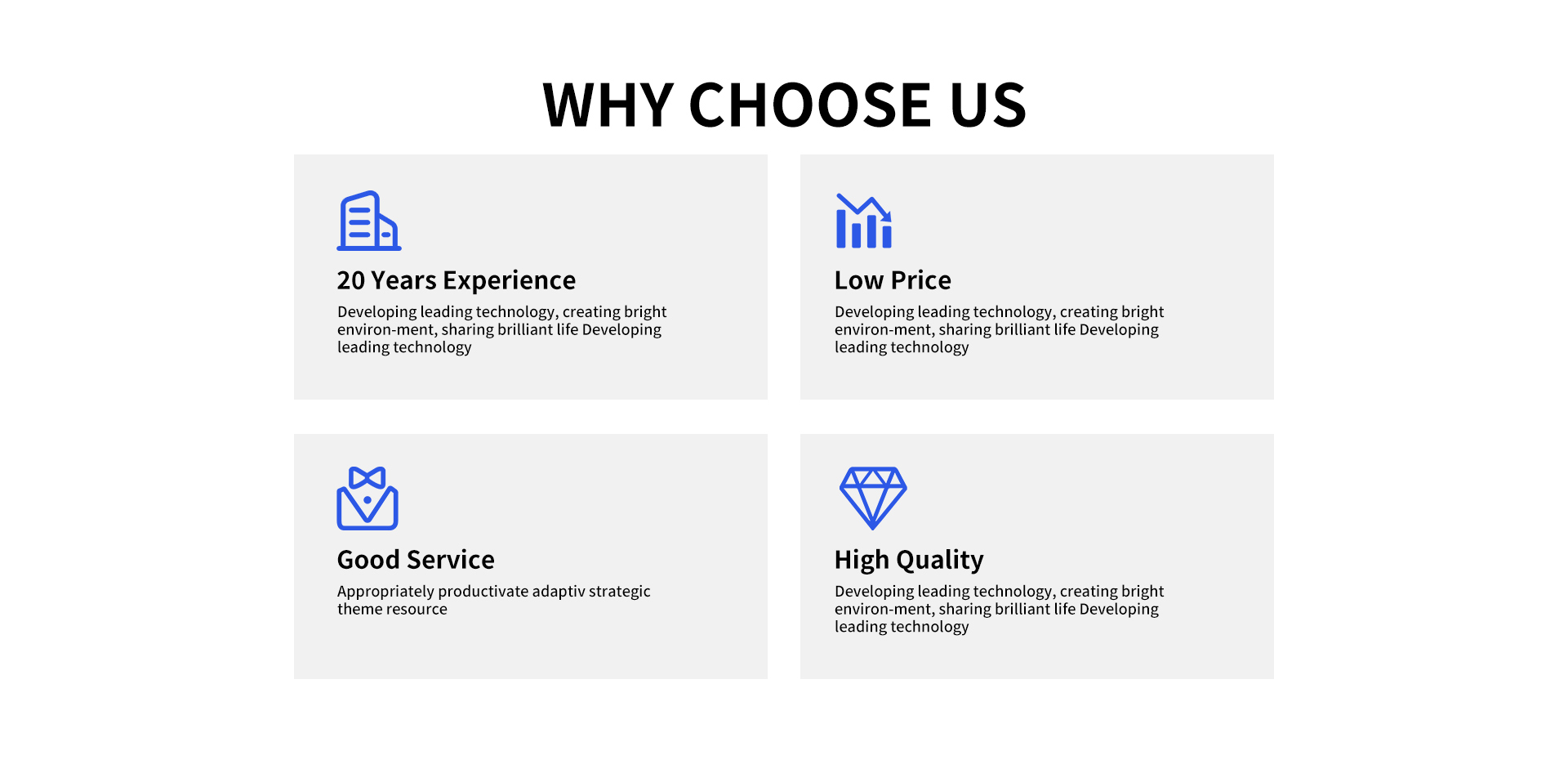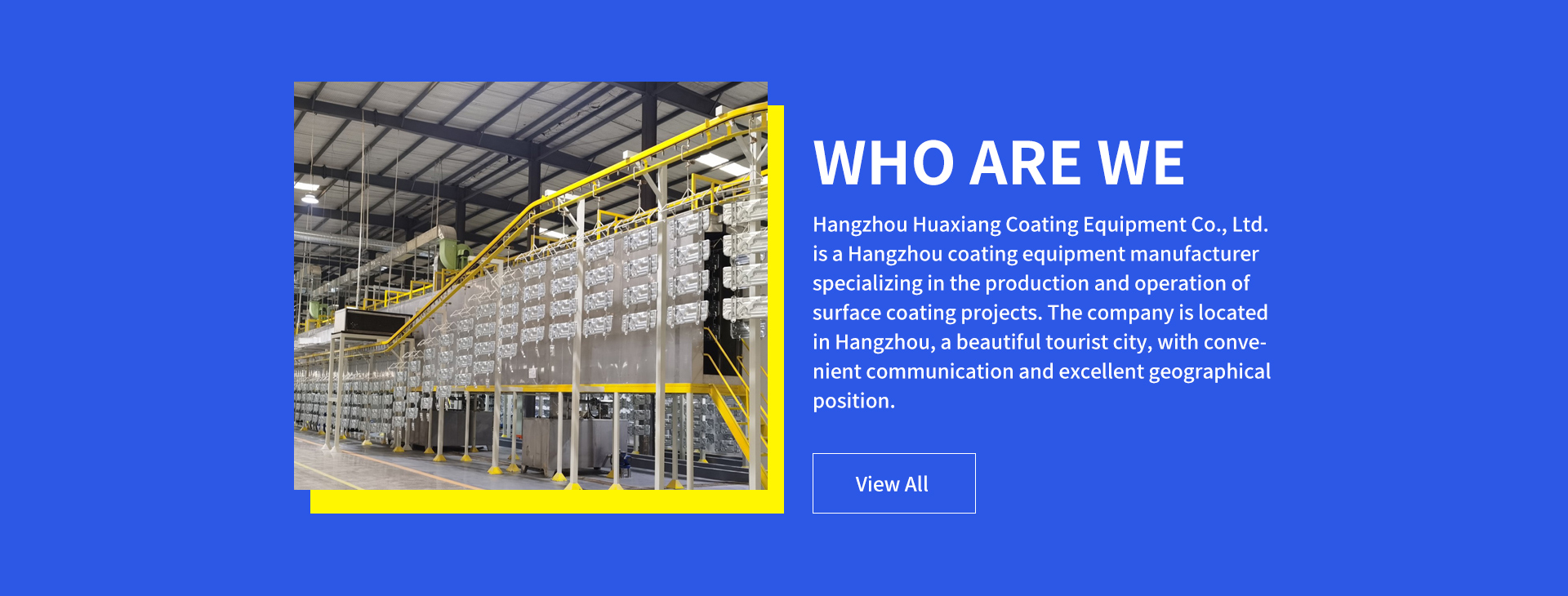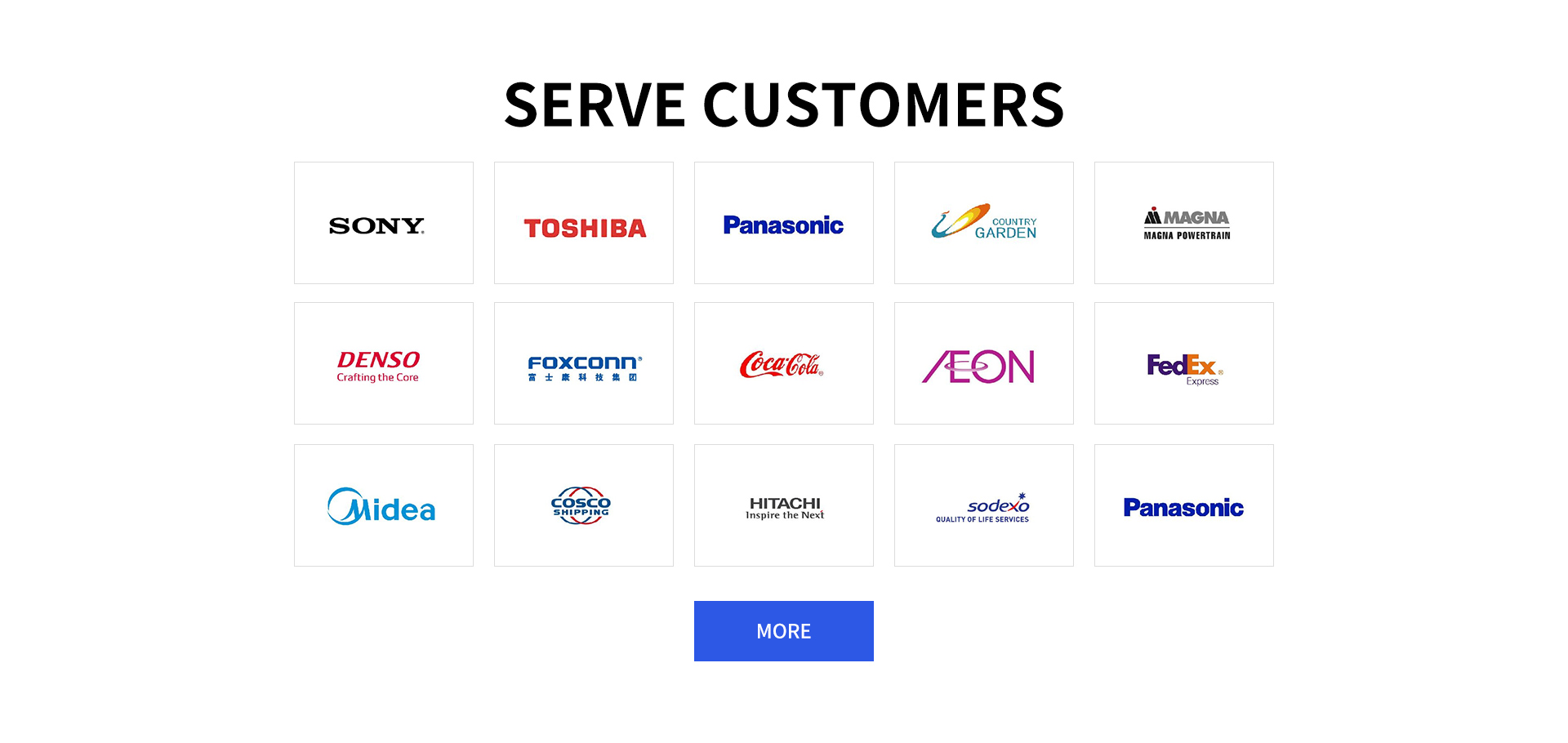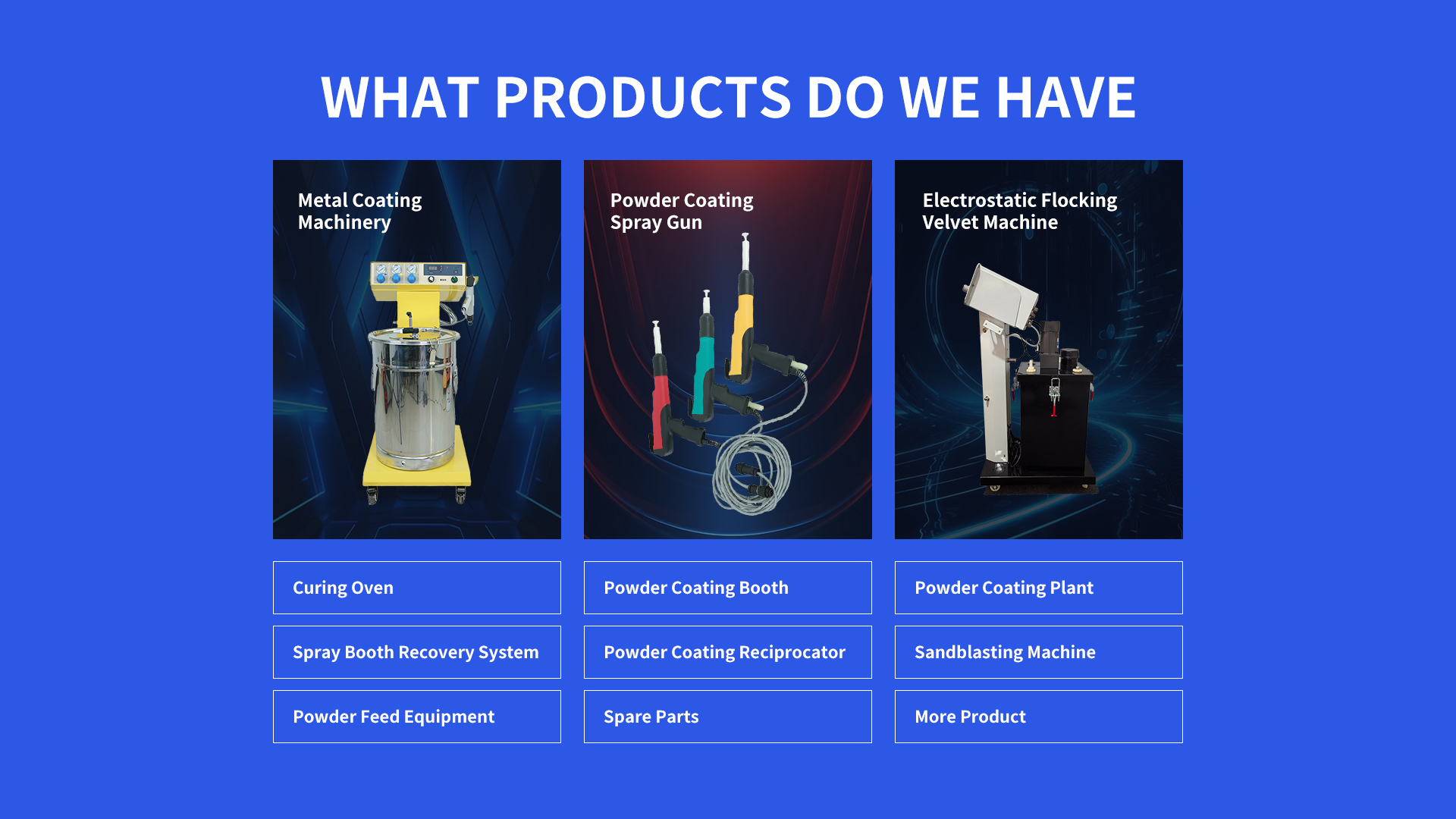Industrial Paint Spraying Equipment: A Buyer's Companion
Industrial Paint Spraying Equipment caters to factories and large workshops. Prices start at (900 for basic spray guns, reaching )28,000 for automated systems. Demand comes from those needing efficient, uniform paint application on metal, wood, and concrete in manufacturing, construction, and automotive sectors.
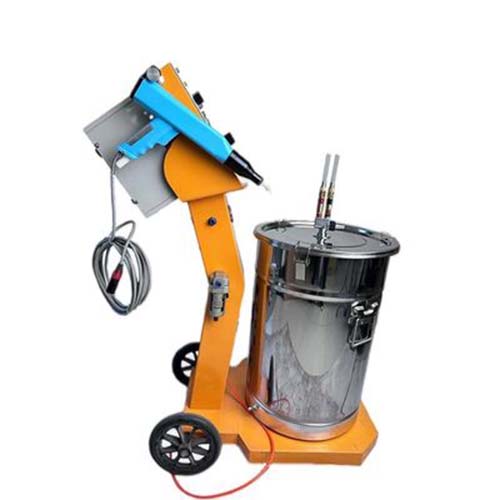
Industrial Paint Spraying Equipment: Common Coating Projects
Industrial Paint Spraying Equipment handles painting metal shipping containers, ensuring durable weather resistance. It coats wooden industrial pallets, protecting them from moisture and heavy use. Factory floors and walls get uniform paint layers, enhancing workplace safety and aesthetics. It also paints large machinery components, providing corrosion protection and easy identification.
Industrial Paint Spraying Equipment: Surface Treatment Technology
Industrial Paint Spraying Equipment requires precise surface preparation. Metal surfaces are degreased, sandblasted, and primed to remove rust and contaminants. Wood is sanded and sealed to create a smooth base. Concrete floors are etched to improve paint adhesion. The equipment uses high-pressure spray nozzles to apply paint evenly, with adjustable settings for different paint types and surface textures.
Industrial Paint Spraying Equipment: What It Is
Industrial Paint Spraying Equipment is a range of tools designed for large-scale paint application. It includes spray guns, paint pumps, pressure tanks, hoses, and control systems. These tools use compressed air or hydraulic pressure to atomize paint, ensuring consistent coverage on various industrial surfaces for protective and decorative purposes.
Industrial Paint Spraying Equipment: Main Components
Paint Spray Gun: The primary tool with interchangeable nozzles to control spray pattern and size. Features ergonomic handles for extended use and triggers to regulate paint flow accurately.
Paint Supply System: Consists of a tank to store paint and a pump to deliver it to the gun. Tanks vary in capacity from 5 to 100 gallons, with pumps maintaining steady pressure for uniform application.
Pressure Control Unit: Adjusts the pressure of the paint flow. It allows operators to modify settings based on paint viscosity and surface type, ensuring optimal coverage without drips or overspray.
Industrial Paint Spraying Equipment: Key Advantages
Industrial Paint Spraying Equipment increases painting efficiency, covering large areas in less time than manual methods. It ensures consistent paint thickness, reducing material waste and rework. The equipment works with various paint types, including epoxy, enamel, and acrylic, adapting to different industrial needs. Its durable construction withstands harsh working conditions, ensuring long-term reliability.
Industrial Paint Spraying Equipment: How to Choose the Right Model
Consider the size of your painting projects when selecting Industrial Paint Spraying Equipment. Small workshops may need a portable spray gun with a 10-gallon tank. Large factories require automated systems with multiple guns and large-capacity tanks. Check compatibility with paint types—some equipment performs better with thick paints, others with thin ones. Look for easy-to-clean components to minimize downtime.
Industrial Paint Spraying Equipment: How to Ensure Safe Operation
Operators using Industrial Paint Spraying Equipment must wear respirators to avoid inhaling paint fumes. Safety goggles and gloves protect against splatters and chemical contact. Ensure proper ventilation with exhaust fans to disperse fumes. Keep fire extinguishers nearby when using flammable paints. Disconnect power before cleaning or maintaining the equipment. Inspect hoses and connections regularly for leaks.
Industrial Paint Spraying Equipment: How to Adjust Settings for Different Paints
For thick paints like epoxy, increase the pressure on Industrial Paint Spraying Equipment and use larger nozzles to prevent clogging. Thin paints such as acrylics require lower pressure to avoid overspray. Water-based paints may need heated hoses to maintain consistency in cold environments. Test settings on a scrap surface, adjusting until the desired coverage and finish are achieved.
Industrial Paint Spraying Equipment: How to Troubleshoot Paint Clogs
If Industrial Paint Spraying Equipment clogs, first turn off the power and disconnect the system. Remove the nozzle and clean it with a solvent or brush to remove dried paint. Check the paint filter and replace it if clogged with debris. Thin the paint if it’s too viscous, following the manufacturer’s guidelines. Inspect the hose for blockages and clear them with compressed air if necessary.
Industrial Paint Spraying Equipment: How to Clean After Use
After using Industrial Paint Spraying Equipment, flush the system with a compatible solvent to remove leftover paint. Disassemble the spray gun and soak parts in solvent to dissolve any dried paint. Clean the tank with a solvent and a soft cloth, ensuring no residue remains. Rinse with water for water-based paints. Reassemble the equipment only when all parts are completely dry to prevent future clogs.
Industrial Paint Spraying Equipment: How to Maintain for Longevity
Lubricate moving parts of Industrial Paint Spraying Equipment monthly to reduce friction and wear. Store the equipment in a dry, clean area to prevent rust and corrosion. Replace worn seals and gaskets quarterly to avoid leaks. Follow the manufacturer’s recommendations for paint viscosity to prevent damage to pumps. Schedule annual professional inspections to identify and repair potential issues early.
Statement: Hangzhou Huaxiang Coating Equipment Co., Ltd Chinese Powder Coating Equipment facturers provide you with customized equipment for various types of Powder Coating Lines, Powder Coating Ovens, Powder Coating Booths,Powder Coating Guns, etc. For inquiries! Contact us at
Email: gezx@cncolourspray.com
WhatsApp: +86 13335812068

